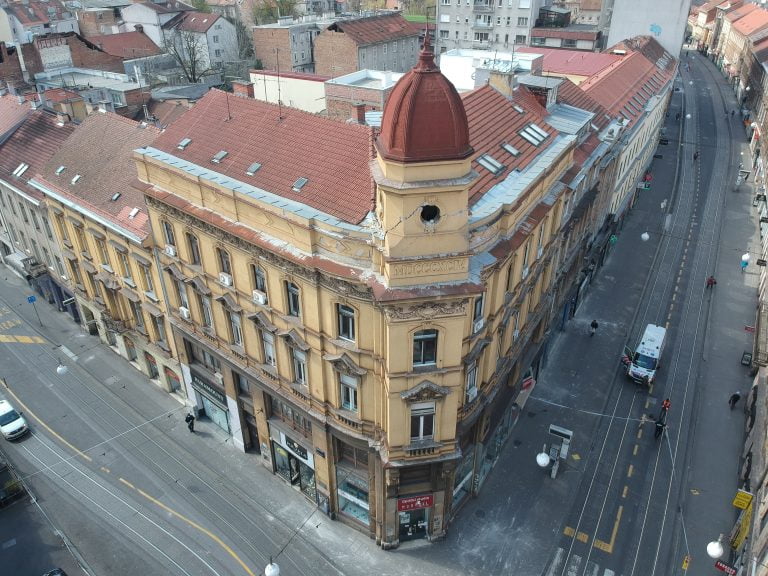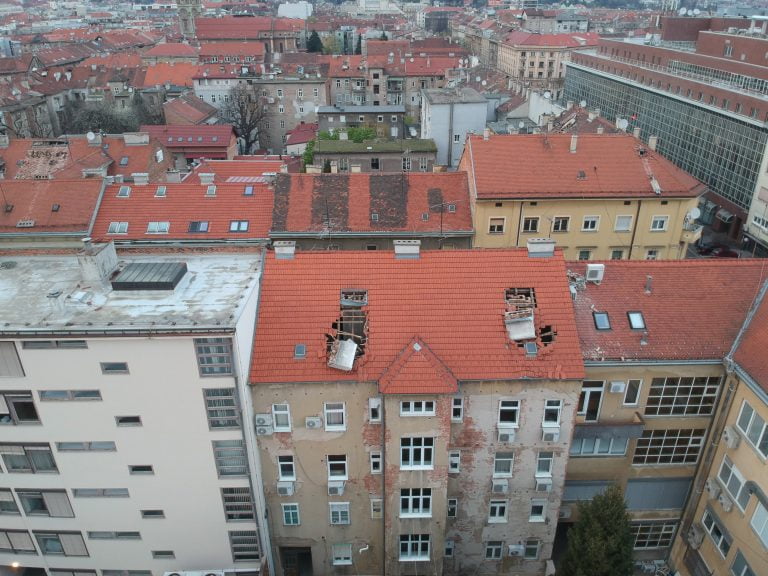doc. dr. sc. Mislav Stepinac
Assessment and rehabilitation of existing structures – Development of contemporary methods for masonry and timber structures (ARES)

| Project code: UIP-2019-04-3749 |
| Institution: University of Zagreb, Faculty of Civil Engineering |
| Project duration: January 2020 – January 2025 |
| Project website |
More than 75% of Croatian buildings are over 30 years old, which represents a time when, for most buildings, reconstruction or renovation is necessary. More than 40% of buildings are over 50 years old (most were built by masonry and wood), which would mean that the useful life of these buildings has already expired. Currently, the assessment of the condition of existing structures is based on identifying, localising and assessing deterioration, degradation and damage. The findings of the condition assessment usually suggest the reinforcement of structures. Current practice cannot be considered appropriate for making a safe decision on the reliability of structures.
Simplifications in existing design methods allow engineers to conduct structural safety assessment for most structures. Deterministic methods for evaluating existing structures enable easy assessment but suffer from high safety factors. Assessing the condition of existing structures requires more advanced methods such as semi-probabilistic, probabilistic or risk-based methods, which have not yet been used in masonry or timber structures. When assessing the condition at the level of structure reliability, collapse and unnecessary demolition are avoided and the end result are safer structures and better use of resources. The lack of standardised assessment procedures results in inadequate reconstruction of existing structures. Without proper recommendations, it is difficult to approach the problem, which usually leads to misinterpretation of the collected data and wrong conclusions and decisions related to strengthening and reconstruction of existing structures. The development of research techniques for determining material properties will help reduce unreliability related to predicting behaviour of existing structures.
The project will deal with the existing masonry and timber structures in order to determine the advantages of assessing their condition in terms of economy and safety of structures. Main objectives of the project are: to develop a database of structures and assessment techniques, to gain insight into the properties of materials and structures by using the methods of condition assessment and analysis of structures, to create a probabilistic database of material characteristics for masonry and timber structures, to evaluate characteristics of materials and their behaviour over time for analysing existing structures, to optimize prediction models for behaviour of structures and to assess the proportionality and reliability of design guidelines.
This research is particularly interesting in terms of earthquakes because masonry structures are the most sensitive to horizontal loads. The assessment of the condition of existing masonry structures requires knowledge of various and specialised technical skills, and the objective of this project is to develop advanced methodology for a more precise condition assessment complemented by modern procedures (Bayesian updating, value of information analysis) and thus contribute to the profession and science in connection with the earthquake that recently hit Zagreb. The project partner is the University of Chalmers from Sweden with active participation of four other European universities.


PRINCIPAL INVESTIGATOR’S BIOGRAPHY
I was born in Karlovac in 1984 and grew up in Ozalj. I obtained my PhD from the University of Zagreb Faculty of Civil Engineering in 2015. Up to 2019, I worked at the Faculty’s Department for Timber Structures, after which I transferred to the Department for Concrete and Masonry Structures, where I currently hold the position of Assistant Professor. I spent several months at the Technical University Munich, RISE Gothenburg and Innorenew in Slovenia respectively, with short-term visits to over 20 additional institutions. My active research focus are earthquakes, cultural heritage and advanced structure modelling techniques. I was awarded the Best Young Scientist Prize of the Faculty of Civil Engineering.










